BlogRSS
“Anatomy of a Collection” at Palais Galliera
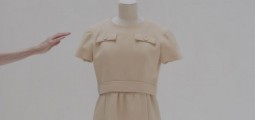
The exhibition "Anatomy of a Collection" at Palais Galliera, which will be on show until the 23rd October, questions the value of a fashion collection and the parameters which defines it.
“Europeana Fashion Edit-a-thon / La Moda digitale al Campus di Rimini”
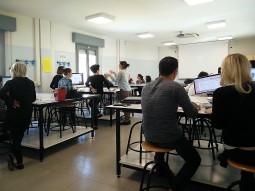
On the 23rd of May, a new edition of our Fashion Edit-a-thons, the event series dedicated to the WikiGLAM collaboration, organized by Europeana Fashion in collaboration with Wikimedia Italia, has been held in Rimini, at Valgimigli’s complex, branch of Degree Courses in Fashion Culture of the University of Bologna, supported by ZoneModa project.
The event was reserved to the students of the two Degree Courses in Fashion.
The day started with the welcoming speech from Ms. Daniela Calanca, Professor of contemporary history and Mr. Marco Rufino, President of Europeana Fashion International Association, followed by a presentation of Europeana Fashion and its portal, by Erica Marigliani and by a full explanation of the “instructions for use” for the publishing of new articles on Wikipedia, held by Virginia Gentilini, member of Wikimedia Italia.In the afternoon, the participants set up the online publication of five new fashion entries in Wikipedia: “sartoria”, “Renee Gruau”, “Baldinini”, “swimwear” and “crinoline”. The sources for the articles have been gathered both online and in books provided by the University library.
Two members of Wikimedia Italia supported the students in solving operative and methodological issues related to the editing of new entries on Wikipedia.A selection of images were uploaded in Wikimedia Commons to give the participants materials for the illustration of the new articles. Great part of the images were taken from the repository of Europeana Fashion and the remaining were provided by Baldinini, a well known fashion firm based near Rimini. All the images have been released under Creative Commons licence.
Wikimedia Italia considers the collaboration with universities, museums, archives and libraries as an important chance to spread its working method and to start a dialogue with the institutions which use to “keep” and develop the culture. Wikimedia Italia believes that there is a small distance between them and the education system and they are sure they should start to collaborate with each other to take advantage of the digital divulgation capacity, today possible through the web. In addition, with this kind of events Wikimedia is trying to bring into Wikipedia new content, which has not a widespread attention as others.
Twelve students have actively parteicipated to the edit-a-thon and 5 new articles have been published on Wikipedia. Proud of the results and satisfied with the outcomes of the day, the University of Bologna has announced its interest in organizing a follow-up event. Stay tuned for more news on our forthcoming edit-a-thons.
A Brimless Hat: The Toque
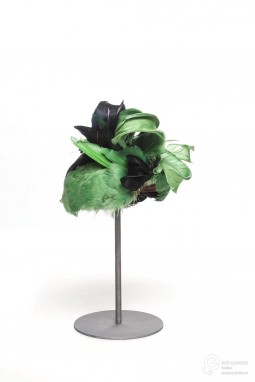
Known now primarily as the traditional cooks’ hat, the toque is a type of headwear which was in use from the 13th to the 16th century in Europe, distinguishable for the lack of brims.
Undressed: A Brief History of Underwear at Victoria and Albert Museum
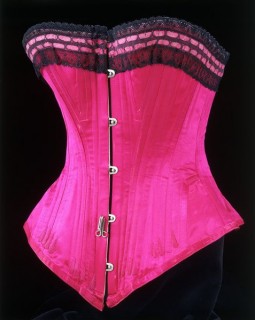
Victoria and Albert Museum’s latest exhibition, which will be on show through the 12th March 2017, explores the history and the evolution of lingerie.
Europeana Fashion unveils the Underwear
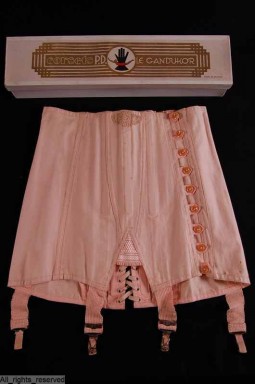
Underwear, originally created for practical purposes, like preserving women’s modesty and for hygiene reasons, evolved lately in structures desinged to change the woman’s silhouette depending on fashion trends across fashion history.
The historical evolution of lingerie reveals a lot about women’s changing role in society: how they perceived themselves and how they were viewed by others. Women have worn rib-crushing corsets, bondaged their chests to get an androgynous silhouette and burned their bras as a statement of liberation.
During the Roman Empire the undergarments were the same for both women and men: a sort of pants, called subligaculum, which women matched with a band of leather around their chest, called the strophium.
Later, in the 13th century, men started to wear linen shorts called braies, while women did not wear knickers until the 19th century. The only kind of underwear used , was a long linen garment called shift, worn under their dress, later tightly wrapped around their chest by corsets made with whalebone, introduced since the 16th century.Since then, corsets and petticoats haves shaped differently the women’s silhouette until the beginning of 20th century. From the pannier in the 18th century, to the crinolines in the 19th century, the feminine underwear became a real structure under the dress. To shape their body according to the fashion trends, women forced themselves in the most tighter corsets and carried the weight of the ever bigger gowns.
In the 19th century, women begun to wear drawers, while men used to wear a combination of vest and pants in one garment.At the beginning of the 20th century the corset trend arrived to the extreme point: women used to shape their body with such tight corsets that their waist could measure 10 centimeters in circumference, causing deformations and diseases.
In 1910 knickers e stockings were produced in rayon for the first time and in 1913 Mary Phelps Jacob invented the first bra, made with two handkerchiefs joined by a ribbon. These were probably the first steps toward a modern concept of underwear.
Pink corset made by Le Grandukor. Belgium, 1920/1930. Courtesy of ModeMuseum Provincie Antwerpen. All rights reserved
Even if underwear has become a comfortable suit after the fifties, almost invisible under the garments, it has always kept on inspiring fashion trends, as we can see in Jean Paul Gaultier’s creations of 80s. His famous guepiere wore by Madonna has left a mark in contemporary history of costume.
Discover other underwear pieces on Europeana Fashion Portal.
Curation by Rijksmuseum on Europeana Fashion Tumblr!

Rijksmueum is curating Europeana Fashion Tumblr with a selection of pictures and looks from their latest exhibition “Catwalk Fashion at the Rijksmuseum”, curated by Erwin Olaf, which displays for the first time ever the costume collection of the Museum!
Let’s look at the details: Bows!
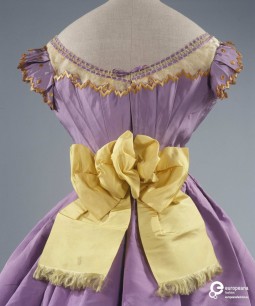
Functional or decorative, bows are a recurrent element in fashion. Among all the ones collected in its digital archive, Europeana Fashion has the selected most interesting and stunning to share them this week on Facebook and Instagram!
Europeana Fashion Co-Creation Workshop in Amsterdam
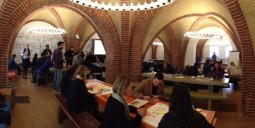
On 20th of April, Europeana Fashion held in collaboration with Platoniq a co-creation workshop in the wonderful venue of the Rijksmuseum, in Amsterdam!
Maria Monaci Gallenga: a printing revolution.
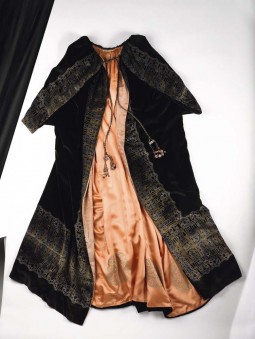
Daughter of academics and grown up surrounded by famous writers and artists of her time, the fashion and textile designer Maria Monaci Gallenga has innovated the fashion industry, introducing a special printing technique.
The invention consisted in using wooden moulds to apply glue on textiles in order to decorate the motif with gold and silver metallic pigments. Her particular way to combine the colours made the motifs look like painted instead of printed. Inspired by the past and the Renaissance period in particular, her hand-stenciled designs have been often compared to the ones of Fortuny.
She started to show her interior design works in 1913 through the Roman Secession exhibition and later in 1915 she conquered the US market, presenting a womenswear collection of 22 printed fashion objects at the Panama-Pacific Exposition in San Francisco, where she achieved such a great success that some of her works are still conserved by Metropolitan Museum of New York. Thereafter, she expanded her laboratory into a factory able to supply the American market demand, revealing a strong entrepreneurial attitude.
In the same year Maria Monaci Gallenga started to work in partnership with Vittorio Zecchin, participating to several exhibitions around Europe. In 1924 she worked with Antonio Maraini for the Biennale of Venice. Since then she often worked in collaboration with the most famous artists of her time, as Galileo Chini, Gino Sensani, Romano Romanelli, who provided the patterns for her printed fabrics. Sensitive and engaged in the cultural debates of her time, she also founded an association to promote the Italian craftsmanship in the world.
After showing her creations in her own pavillion decorated by the Italian artist Antonio Maraini at the Exposition International des Arts Deoratifs in Paris in 1925 her succes was so wide that she opened a boutique in Paris with Bice Pittoni and Carla Visconti di Modrone. The shop, called Boutique Italienne, showed the best Italian works of art, until 1934, when she decided to close it and come back to Rome.
Discover more Gallenga’s printings on Europeana Fashion Portal
Callot Soeurs
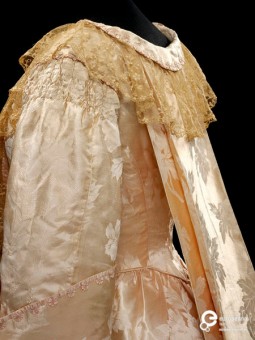
During April, Europeana Fashion will explore the history of couture, dedicating each week to a different couturier. The second issue focuses on Callot Soeurs, a Parisian fashion house ran by three innovative sisters, quoted as one of the greatest in Marcel Proust novel “À la Recherche du Temps perdu”.











